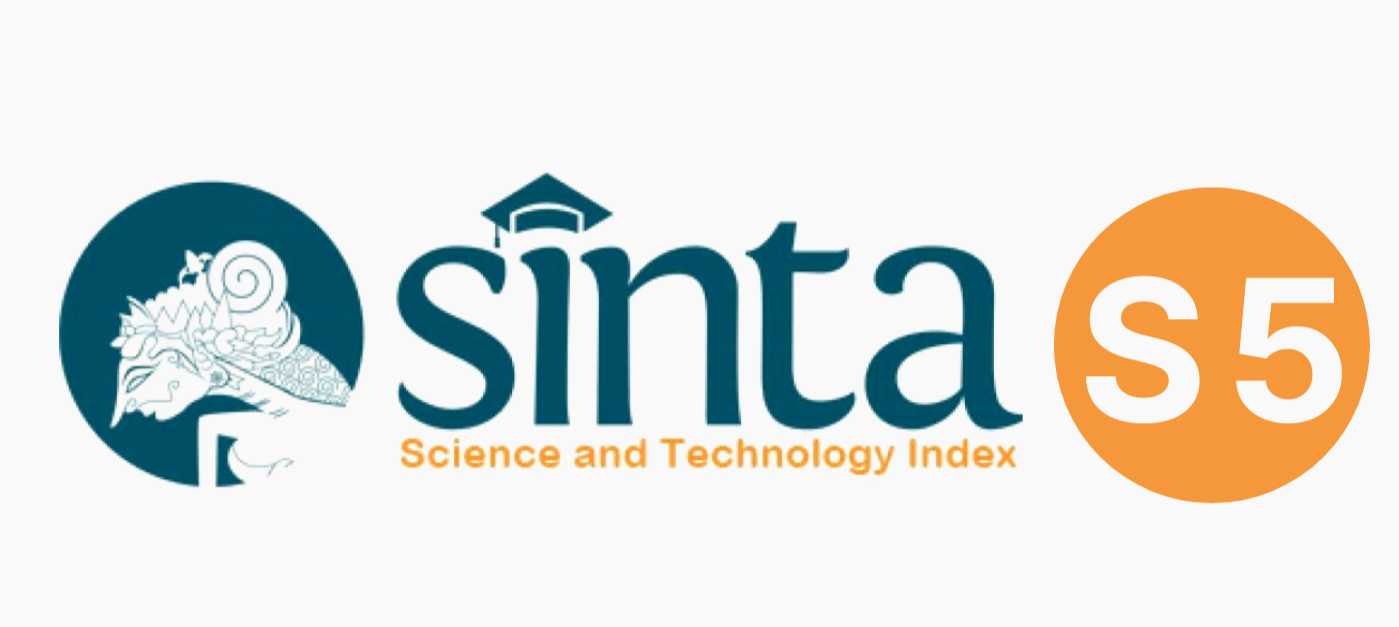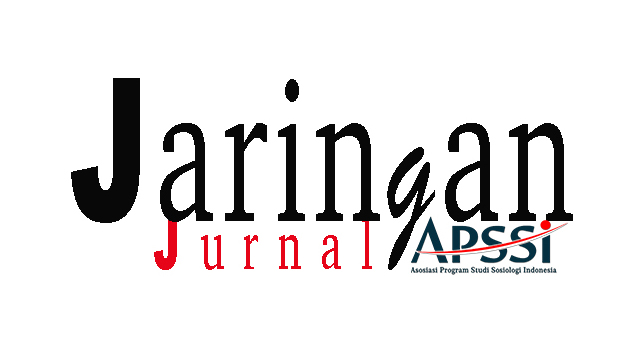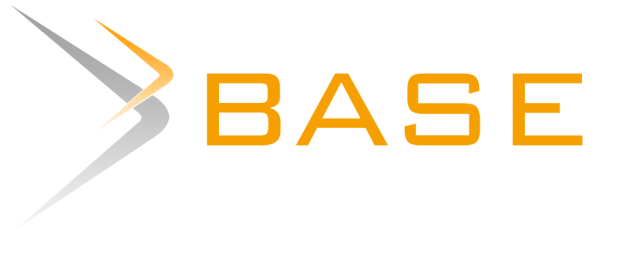Penanda (Signifier) dan Petanda (Signified) Komodifikasi Seks Dalam Film Kambing Jantan Karya Rudi Soedjarwo
 Abstract: 409
/
Abstract: 409
/  Abstract: 135
Abstract: 135
DOI:
https://doi.org/10.47753/je.v1i1.13Keywords:
Signifier and Signified, Sex Commodification, Movie Kambing JantanAbstract
This research entitled The Signifier and Signified of Sex Commodification in the Movie Kambing Jantan created by Rudi Soedjarwo. The problems in this research are signifier (form), signified (mean) and signification (interpretation) about sex commodification in this movie Kambing Jantan created by Rudi Soedjarwo. This research was desriptive qualitative research that used discourse analysis with taking ten informants that consist of five boys and five girls of University Sriwijaya’s student that has watched that film. The result of research showed that the signifier (the form of sex behaviour) in this movie Kambing Jantan was holding hand, hugging and kissing. The signified (the mean of sex behaviour) was to described the reality and to showed affection. The significations in this research were; first, the forms of sex behaviour was not suitable to show in this movie because they assumed that mostly the watchers movie was teenagers and they said that teenager will be easy to imitation the scenes of sex behaviour in the movie. Second, they said that the forms of sex behaviour was permitted to showed in this movie because the scenes of that sex behaviour were not often showed in the movie and the scene that unshowed still in normal stage that not till having sex.References
Baudrillard, Jean. 2004. Masyarakat Konsumsi. Yogyakarta: Kreasi Wacana.
Baudrillard, Jean. 2006. Ekstasi Komunikasi. Yogyakarta: Kreasi Wacana.
Bungin, Burhan. 2010. Analisis Data Penelitian Kualitatuf: Pemahaman Filosofis dan Metodologis ke Arah Penguasaan Model Aplikasi. Jakarta: PT RajaGrafindo Persada.
Bungin, Burhan. 2011. Penelitian Kualitatif: Komunikasi, Ekonomi, Kebijakan Publik, dan Ilmu Sosial Lainnya. Jakarta: Kencana.
Bungin, Burhan. 2011. Sosiologi Komunikasi: Teori, Paradigma, dan Diskursus Teknologi Komunikasi di Masyarakat. Jakarta: Kencana.
Burton, Graeme. 1999. Media dan Budaya Populer. Yogyakarta: Jalasutra.
Creswell, John. W. 2013. Research Design Pendekatan Kualitatif, Kuantitatif, dan Mixed. Yogyakarta: Pustaka Pelajar.
Fajar, Marhaeni. 2009. Ilmu Komunikasi: Teori & Praktik. Yogyakarta: Graha Ilmu.
Hidayat, M. Aginta. 2012. Menggugat Modernisme: Mengenali Rentang Pemikiran Postmodernisme Jean Baudrillard. Yogyakarta: Jalasutra.
Littlejohn, Stephen, dan FossAll, Karen. 2009. Teori Komunikasi, Edisi Kesembilan. Jakarta: Salemba Humanika.
Lubis, A. Yusuf. 2014. Postmodernisme: Teori dan Metode. Jakarta: Rajawali Pers.
McQuail, Denis. 2012. Teori Komunikasi Massa McQuail. Jakarta: Salemba Humanika.
Moleong, Lexy J. 2005. Metodologi Penelitian Kualitatif. Bandung: PT Remaja Rosdakarya.
Piliang, Y. Amir. 2011. Dunia yang Dilipat: Tamasya Melampaui Batas-batas Kebudayaan. Bandung: Matahari.
Scott, John. 2011. Sosiologi: The Key Concepts. Jakarta: Rajawali Pers.
Sobur, Alex. 2012. Analisis Teks Media: Suatu Pengantar untuk Analisis Wacana, Analisis Semiotik, dan Analisis Framing. Bandung: PT Remaja Rosdakarya.
Sobur, Alex. 2013. Semiotika Komunikasi. Bandung: PT Remaja Rosdakarya.
Strinati, Dominic. 2003. Popular Culture: Pengantar Menuju Teori Budaya Populer. Yogyakarta: Bentang Budaya.
Sugiyono. 2013. Metode Penelitian Kuantitatif, Kualitatif, dan R&D. Bandung: Alfabeta.
Suyanto, Bagong dan Amal, M. Khusna. 2010. Anatomi dan Perkembangan Teori Sosial. Malang: Aditya Media Publishing.
Zamroni, Mohammad. 2009. Filsafat Komunikasi: Pengantar Ontologis, Epistemologis, Aksiologis. Yogyakarta: Graha Ilmu.
Syak, Ibra. 2015. Film Nasional Drama Percintaan Banyak
Diminati. Jakarta: Theater Satu. (http://theatersatu.com/film-nasional-drama-percintaan-banyak-diminati/ diakses pada tanggal 19 Januari 2016)
Downloads
Published
Issue
Section
License
Articles published in Jurnal Empirika are licensed under the International License of Creative Commons Allowance-ShareAlike 4.0. The author is free to use any media to copy, change, or redistribute the paper, provided the author gives credit to the original author and this journal, links to the license, shows if modifications have been made, and redistributes it in the same permission. The author grants the right to any third party to use their posts following the Creative Commons Attribution-Share Alike International 4.0.












